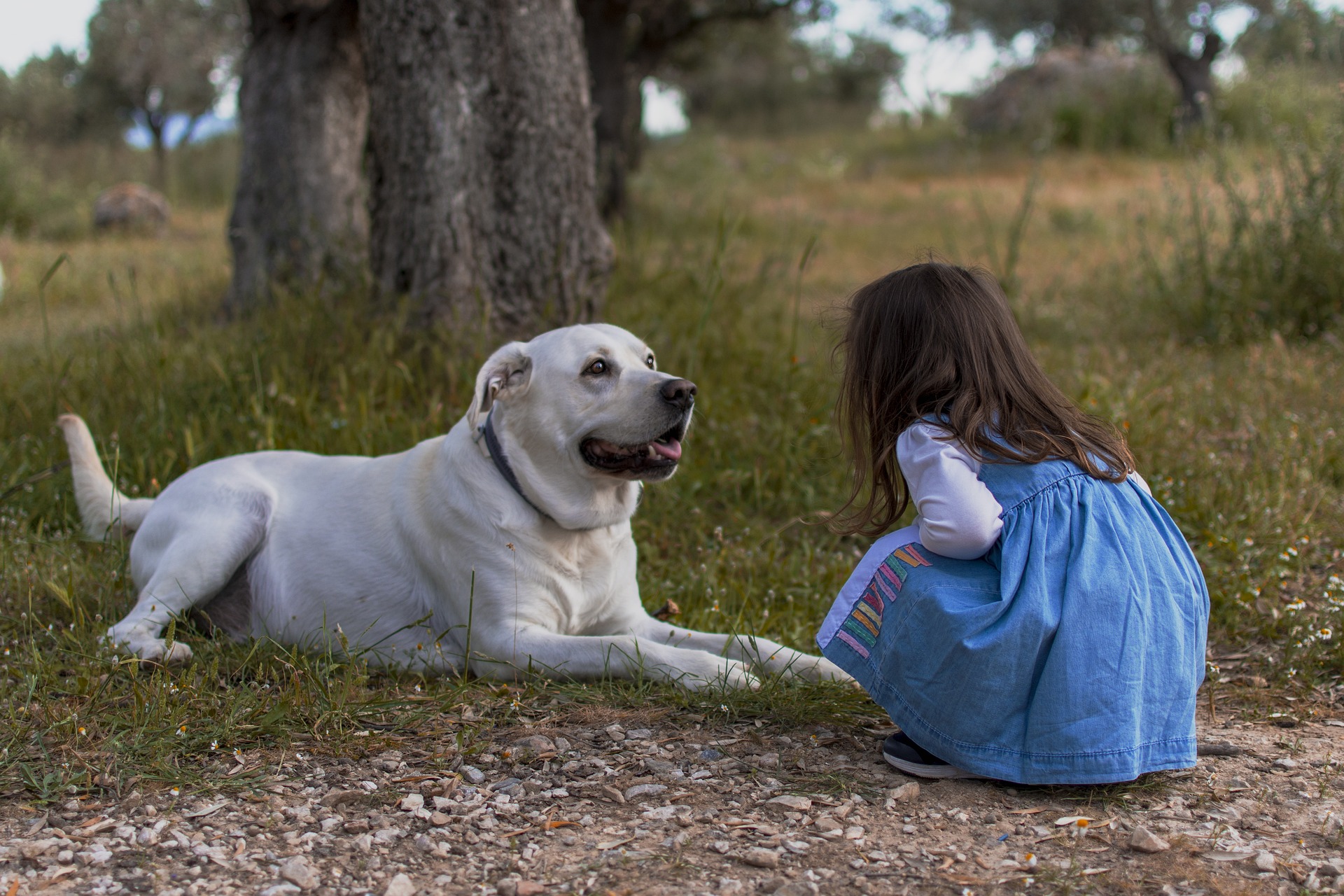The Intriguing World of Animal Dreams
Have you ever observed your pet dog whimpering in its sleep, or your pet cat twitching its whiskers while snoozing? Apart from providing a cute spectacle, these behaviors might actually indicate that our pets are dreaming. Scientists have been fascinated with the concept of dreaming in non-human animals for decades, and recent research has unearthed some fascinating insights into this phenomenon.

A Brief History of Animal Dream Research
The study of dreams in animals is not a new concept. The ancient Greeks believed that animals could have prophetic dreams, and medieval bestiaries included accounts of creatures dreaming. But scientific interest in this phenomenon didn’t really begin until the 20th century.
In the 1950s, French scientists Michel Jouvet and Francois Michel discovered REM (Rapid Eye Movement) sleep in cats. REM sleep is the stage of sleep in which humans experience dreams, so this discovery raised the possibility that cats might dream as well. This pioneering research paved the way for future studies on animal dreams.
Current Research on Animal Dreams
Recent research continues to support the idea that animals dream. One of the most compelling studies was conducted in 2001 by Matthew Wilson and Kenway Louie at MIT. They recorded the brain activity of rats as they ran a maze and then again as they slept. Remarkably, the patterns of brain activity during sleep matched those during the maze run, suggesting the rats were replaying their experiences in their dreams.
Additionally, research on zebrafish at Stanford University has shown that these fish, too, experience REM sleep and might dream. By genetically modifying the fish to make their neurons light up when active, researchers were able to observe patterns of brain activity that suggest dreaming.
The Impact of Pet Dreams on the Market
As research continues to uncover more about animal dreams, there has been a corresponding increase in pet products designed to promote good sleep health. For example, orthopedic pet beds, which are said to improve sleep quality, have seen a surge in popularity. These beds typically fall within the $50-$200 price range, depending on the size and quality.
Another product trend is calming pet music or sound machines, designed to help pets fall asleep and experience more peaceful sleep. These products typically cost between $20 and $60. The market for pet sleep aids is predicted to grow as more pet owners gain awareness about the importance of sleep for their pets’ health and well-being.
The Science Behind Animal Dreams
While the exact content of animal dreams remains a mystery, scientists believe that, like humans, animals use dreams to process their experiences. Dreams might aid in memory consolidation and learning.
In the case of the MIT study, the rats appeared to be dreaming about the maze they ran earlier, possibly to improve their performance the next time. This suggests that dreaming could play a crucial role in animals’ ability to learn and survive.
Making Sense of It All
The study of animal dreams is a fascinating field that continues to evolve. As we learn more about the inner lives of our pets and other animals, we gain a greater appreciation for their complexity and intelligence.
While we may never be able to ask our pets about their dreams, ongoing research provides us with intriguing glimpses into their sleeping brains. The understanding that animals might dream just like us further strengthens the bond between humans and animals, reminding us of the many ways in which we are connected.




